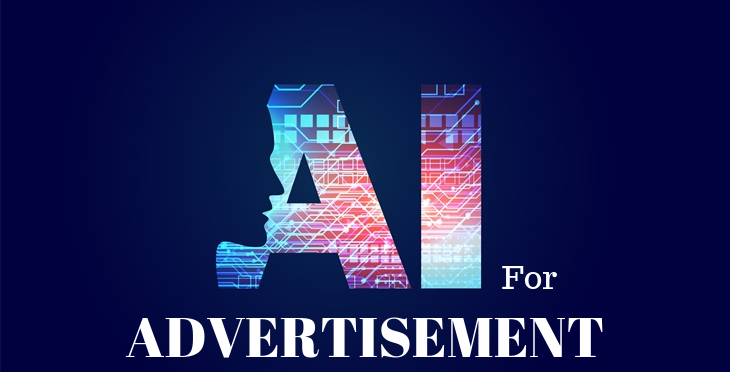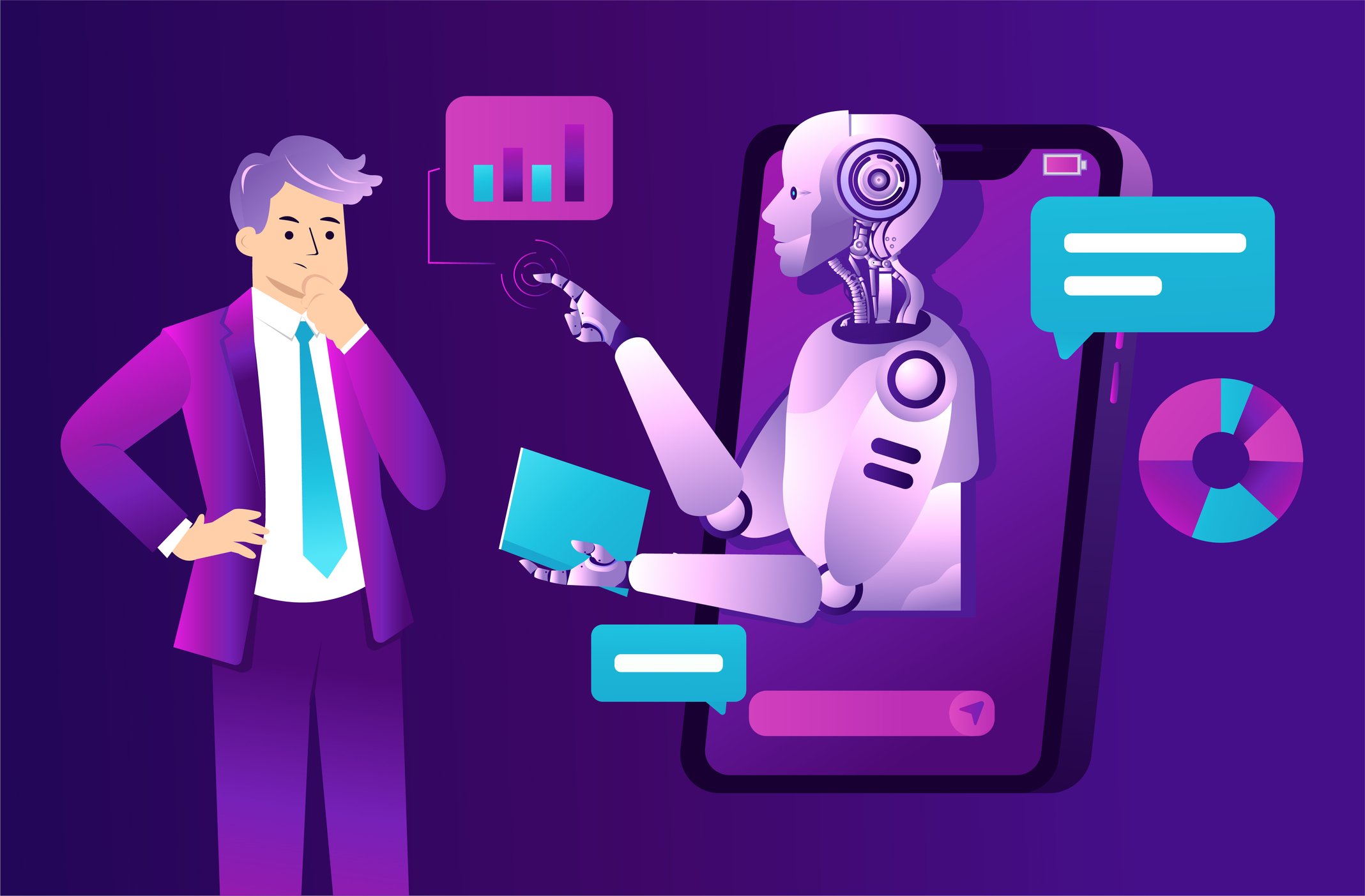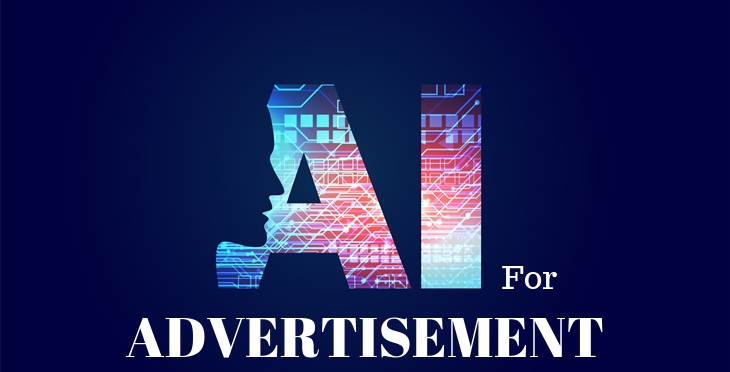How Notion AI is Transforming Marketing: Tips and Tricks You Need to Know
August 20, 2024
Can AI Save You Time on Social Media Marketing?
August 21, 2024
In today’s fast-paced digital landscape, the advertising world is undergoing a significant transformation, largely driven by the advent of artificial intelligence (AI). As businesses strive to connect with consumers in more personalized and impactful ways, AI has emerged as a powerful tool that can revolutionize how ads are created, targeted, and optimized. The question on many marketers’ minds is whether AI can truly make advertising more effective. The answer, backed by data and real-world applications, is a resounding yes.
AI offers the ability to analyze vast amounts of data, identify patterns, and predict consumer behavior with an accuracy that was once unimaginable. This capability allows for a level of personalization and precision in advertising that goes beyond traditional methods. By automating complex tasks, optimizing ad placements, and providing real-time insights, AI enables marketers to reach their target audiences more effectively and efficiently than ever before.
But while the potential of AI in advertising is immense, it also brings with it a new set of challenges. Data privacy concerns, the risk of over-reliance on automation, and the ethical implications of AI-driven decision-making are all factors that need to be carefully considered. As we explore how AI is shaping the future of advertising, it’s essential to understand both the opportunities and the responsibilities that come with this powerful technology.
In this article, we’ll delve into the ways AI is transforming advertising, from enhancing personalization and targeting to overcoming the hurdles that come with its adoption. Whether you’re a seasoned marketer or just beginning to explore the possibilities of AI, this discussion will provide valuable insights into how AI can make your ads not only more effective but also more aligned with the needs and expectations of today’s consumers.
1. Personalization at Scale
One of the most significant advantages of AI in advertising is its ability to deliver personalized experiences to individual users at scale. Traditional marketing methods often rely on broad demographic targeting, which can lead to a one-size-fits-all approach. However, AI can analyze vast amounts of data from various sources, including user behavior, preferences, and past interactions, to create highly personalized ads that resonate with specific audiences.
For example, AI-powered algorithms can determine the best product recommendations, tailor ad copy to reflect a user’s interests, or even select the most relevant images to capture attention. This level of personalization leads to higher engagement rates, as consumers are more likely to respond positively to ads that feel tailored to their needs and desires.
2. Optimized Ad Placement and Timing
AI can significantly improve the placement and timing of ads, ensuring that they reach the right audience at the right time. Through machine learning, AI systems can analyze historical data to identify patterns in user behavior, such as the times of day when users are most likely to engage with content or the platforms they prefer.
By optimizing when and where ads are shown, AI helps marketers maximize the impact of their campaigns while minimizing wasted spend. For instance, AI can adjust bids in real-time to ensure ads are displayed during peak engagement periods, or it can allocate budget across different channels based on performance data, leading to more efficient and effective ad spending.
3. Improved Targeting and Audience Segmentation
AI excels at analyzing large datasets to uncover insights that would be impossible for humans to detect. This capability allows for more precise audience targeting and segmentation, which is crucial for creating ads that resonate with specific groups.
With AI, marketers can go beyond basic demographic targeting to identify niche audiences based on a variety of factors, such as purchase history, online behavior, and even sentiment analysis from social media. This granular level of targeting ensures that ads are not only reaching the right people but also delivering messages that are more likely to convert.
4. Dynamic Creative Optimization
Dynamic Creative Optimization (DCO) is an AI-driven process that automatically generates and tests multiple versions of an ad to determine which combination of elements (such as images, headlines, and calls-to-action) performs best. This approach allows for continuous optimization, as AI learns from user interactions and adjusts the ad content in real-time.
DCO ensures that ads are always aligned with what’s most effective at any given moment, leading to higher click-through rates and conversion rates. By leveraging AI to handle the complexities of ad creation and testing, marketers can achieve better results with less manual effort.
5. Enhanced Predictive Analytics
Predictive analytics, powered by AI, enables marketers to forecast the outcomes of their campaigns with greater accuracy. By analyzing historical data, AI can predict which ad strategies are likely to succeed and identify potential challenges before they arise.
For example, AI can predict the performance of different ad creatives, estimate future ROI based on current trends, or even anticipate shifts in consumer behavior that could impact campaign effectiveness. This foresight allows marketers to make more informed decisions, reduce risk, and optimize their strategies for better results.
6. Automated Campaign Management
AI can take over many of the time-consuming tasks involved in campaign management, freeing up marketers to focus on strategy and creativity. From bid management to audience targeting, AI-driven tools can automate these processes, ensuring that campaigns are always optimized for performance.
Automated campaign management also means that marketers can quickly scale their efforts without sacrificing quality. As AI continuously learns and adapts, it can manage more complex campaigns with greater efficiency than manual methods, leading to better outcomes and a higher return on investment.
7. Real-Time Analytics and Adjustments
One of the most powerful aspects of AI in advertising is its ability to provide real-time analytics and make adjustments on the fly. Traditional advertising often involves a significant lag between campaign launch and performance evaluation, but AI eliminates this delay by continuously monitoring and analyzing campaign data.
If an ad isn’t performing as expected, AI can immediately adjust factors like bidding, targeting, or creative elements to improve results. This real-time optimization ensures that campaigns remain effective throughout their duration, maximizing impact and minimizing waste.

Challenges and Considerations When Using AI in Advertising
While AI offers a wealth of opportunities to enhance the effectiveness of advertising, it’s not without its challenges. Understanding and addressing these challenges is crucial for marketers who want to fully leverage AI while avoiding potential pitfalls.
1. Data Privacy and Ethics
One of the primary concerns with AI in advertising is data privacy. AI relies heavily on data to function effectively, but this data often includes sensitive personal information about consumers. With increasing scrutiny on how companies collect, store, and use data, marketers must ensure that their AI-driven campaigns comply with regulations such as the GDPR, CCPA, and other privacy laws.
Beyond legal compliance, there is also an ethical dimension to consider. Consumers are becoming more aware of how their data is being used, and they expect transparency and respect for their privacy. Marketers must balance the desire for personalized advertising with the need to protect consumer data and avoid crossing ethical boundaries.
2. Over-Reliance on Automation
AI’s ability to automate tasks is one of its greatest strengths, but it can also be a double-edged sword. Over-reliance on AI and automation can lead to a lack of human oversight, resulting in ads that are too generic or fail to connect on a personal level.
While AI can handle many aspects of ad creation and management, human creativity and intuition are still essential for developing compelling campaigns that resonate emotionally with audiences. Marketers should view AI as a powerful tool that complements human effort rather than a complete replacement.
3. Complexity and Costs
Implementing AI in advertising can be complex and costly, especially for smaller businesses with limited resources. Developing and maintaining AI-driven systems requires significant investment in technology, data infrastructure, and talent. Additionally, the continuous nature of AI optimization means that ongoing investment is necessary to keep systems up to date and effective.
For businesses looking to adopt AI in their advertising strategy, it’s important to weigh the costs against the potential benefits. Starting with small, manageable projects can help companies gain experience and demonstrate ROI before scaling up their AI initiatives.
4. Bias and Fairness in AI
AI systems are only as good as the data they are trained on, and if that data is biased, the resulting AI models will be biased as well. This can lead to unfair or discriminatory advertising practices, such as targeting certain demographics more heavily or excluding others altogether.
Addressing bias in AI requires a conscious effort to use diverse and representative data sets and to regularly audit AI systems for unintended biases. Marketers must ensure that their AI tools promote fairness and inclusivity, reflecting the diverse nature of their audiences.

The Future of AI in Advertising: What to Expect
As AI technology continues to evolve, its impact on advertising will grow even more profound. Here are some trends and developments to watch for in the coming years:
1. Greater Integration with Emerging Technologies
AI will increasingly integrate with other emerging technologies, such as augmented reality (AR), virtual reality (VR), and the Internet of Things (IoT). These integrations will create new opportunities for immersive and interactive advertising experiences that engage consumers in novel ways.
For example, AI could power AR ad campaigns that allow users to visualize products in their own environment before making a purchase, or it could optimize VR ads that offer fully immersive brand experiences.
2. Increased Use of Predictive Analytics
As AI-driven predictive analytics become more sophisticated, marketers will be able to anticipate consumer needs with even greater accuracy. This will lead to more proactive advertising strategies that target consumers before they even realize they have a need or desire.
Predictive analytics will also enable more precise budgeting and resource allocation, as marketers can forecast the potential impact of different strategies and focus on those with the highest likelihood of success.
3. Real-Time Personalization
Real-time personalization is poised to become the norm in digital advertising, with AI systems constantly adapting ads based on the latest data. This will allow for a level of responsiveness and relevance that static ads cannot match, creating a more dynamic and engaging advertising experience for consumers.
As AI continues to learn from every interaction, real-time personalization will become more accurate and effective, leading to higher conversion rates and stronger brand loyalty.
Conclusion: Embracing the AI-Driven Future of Advertising
The integration of AI into advertising is not just a passing trend—it’s a fundamental shift in how marketers approach their craft. By harnessing the power of AI, businesses can create more effective, personalized, and impactful ad campaigns that resonate with today’s tech-savvy consumers.
However, the journey to fully realizing AI’s potential in advertising requires careful consideration of the challenges and ethical implications involved. Marketers must strike a balance between leveraging AI’s capabilities and maintaining human creativity, oversight, and responsibility.
As we move forward, the most successful advertisers will be those who can effectively integrate AI into their strategies while remaining agile, innovative, and consumer-focused. By doing so, they will not only make their ads more effective but also build stronger, more meaningful connections with their audiences in an increasingly digital world.


